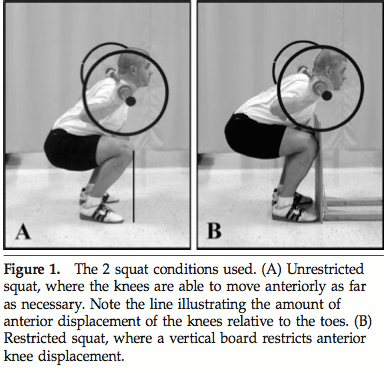“I have arthritis in my knee, can Physical Therapy get rid of the arthritis”?
No, it wont. Anybody that tells you differently is wrong.
In fact, you can replace the diagnosis with nearly any degenerative diagnosis for the knee.
Can Physical Therapy heal the torn meniscus?
No.
Can Physical Therapy heal the remove the cyst found under the patella.
No.
But, there’s a caveat. After confirming the patients correct belief that physical therapy cannot make the anatomical change which is the source of pain, the education typically goes something like this:
“Physical Therapy will not remove the arthritis found in your knee, but it’s possible that we can identify how your movement, flexibility, and/or strength issues may be placing excessive stress through your arthritic joint, therefore causing the pain. While we can’t remove the arthritis, if we relieve the stress we may remove the pain allowing you to perform your desired activity”.
Potential further education may be:
“In fact, the profession has done studies in which individuals without pain have similar radiographic findings as your x-rays. Potentially it is not the arthritis that causes the pain, but the stress placed on that arthritic joint during walking, ascending stairs, squatting, or any other movements is causing the pain”.
Let’s optimize movement to relieve the knee pain.
This is important education for Physical Therapists to give to their patients to assist in defining what the profession can do. Physical Therapists can help optimize movement to reduce the stress placed on the body. The switch from pain is due to the tissue source needs to be changed to the pain is due to the excessive stress placed on the tissue source.
How can changing movement change the amount of stress through the knee? Take a look at this research article which focuses on the amount of torque placed on the hip and knee during a common squat exercise.
Keep in mind that the squat is a very functional movement. What I mean by functional, is that this is a motion which is performed often by nearly all individuals. A simple motion of sitting in a chair, or lifting an item from the floor is a squat. Minimizing the amount of stress through the knee during a squat, therefore decreases the amount of stress through the knee during other functional tasks.
In this picture the amount of force placed through the knee is cut by 30% simply by cueing the individual to squat with his knees behind his toes. Imagine how much force could be eliminated when his strength and flexibility are even further optimized.
Check out www.OptimalMovementPT.com to learn how you can reduce the amount of stress through your painful knee, or any painful areas during your desired functional task.











